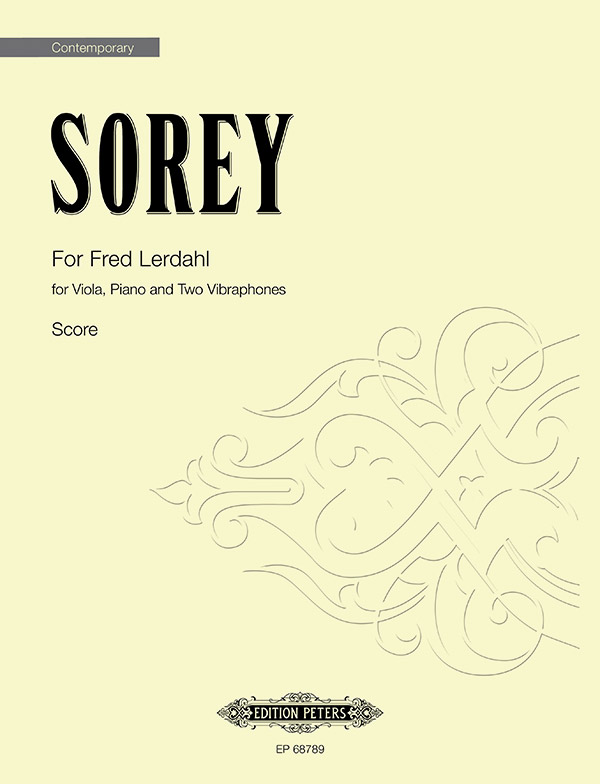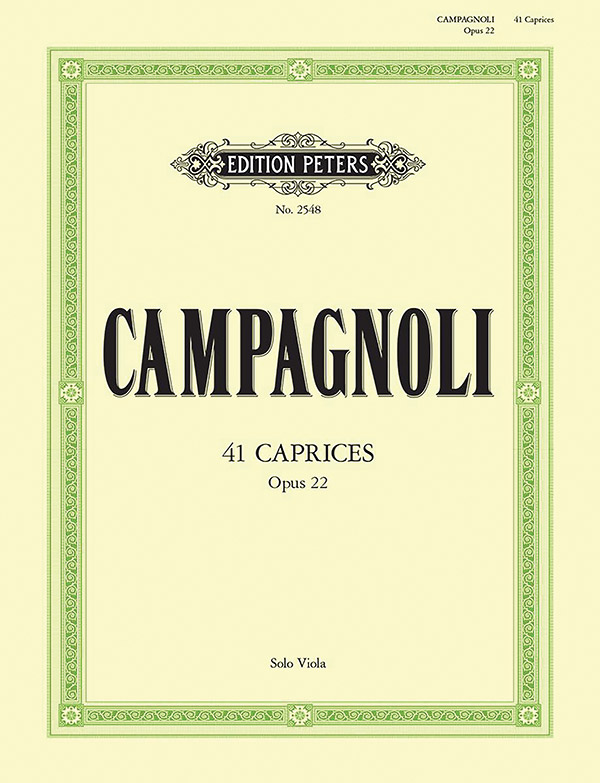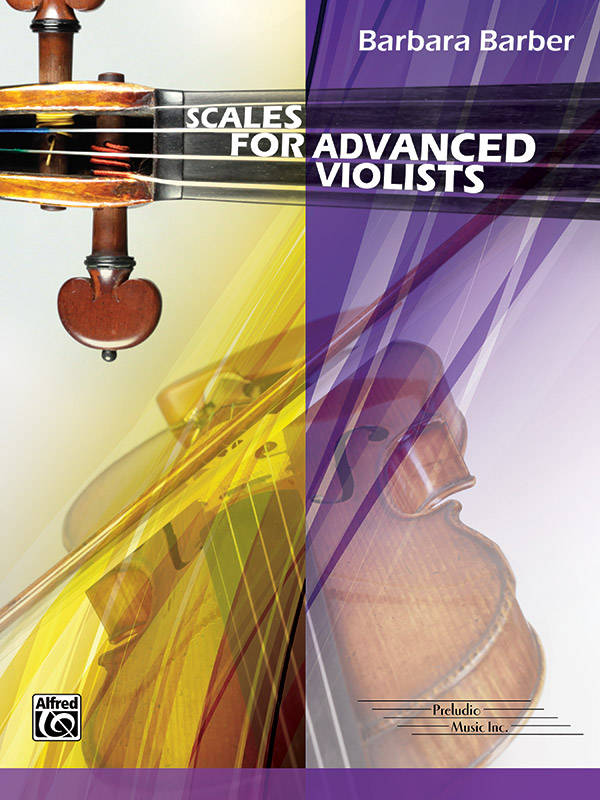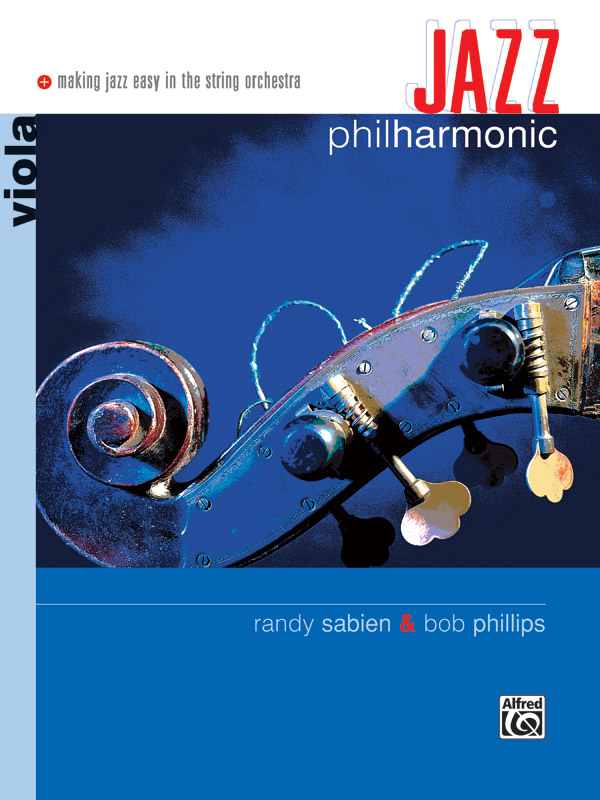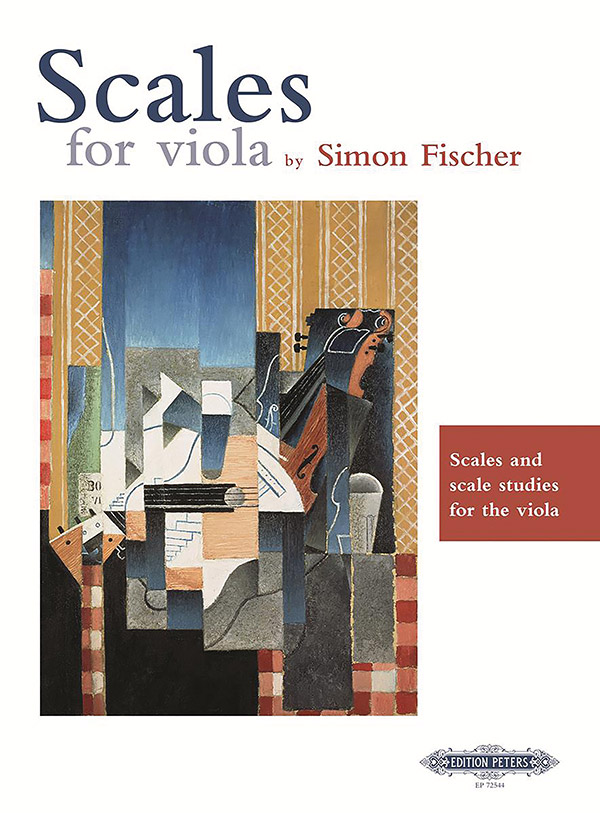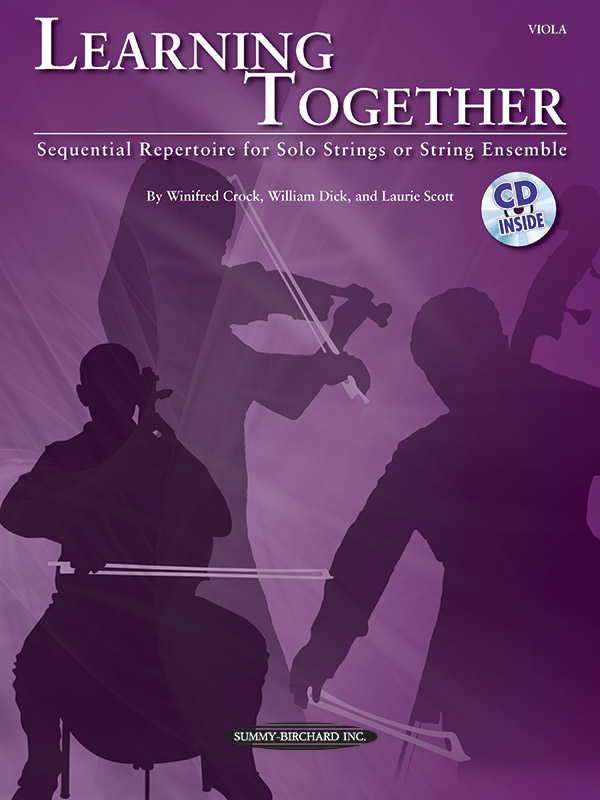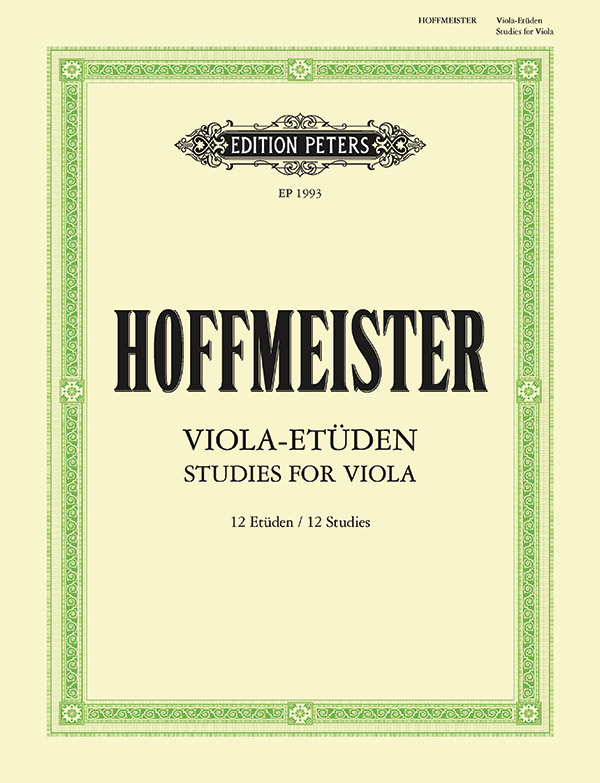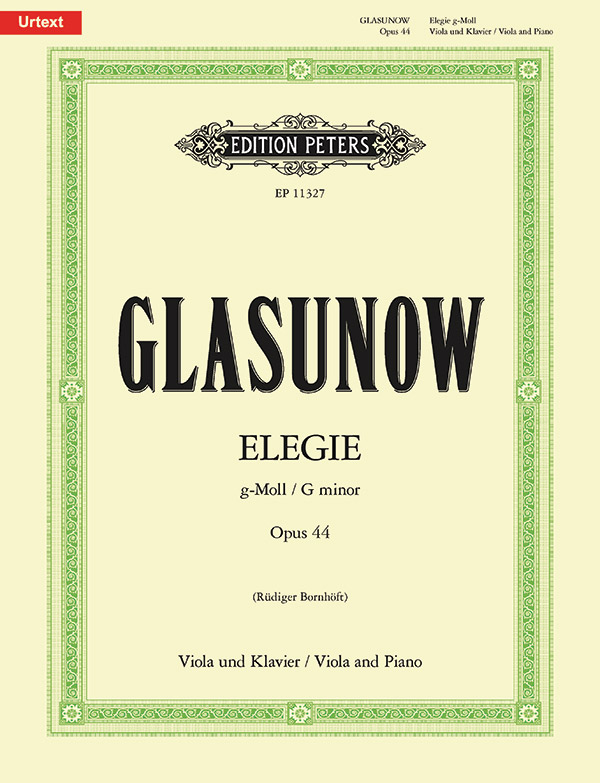Description
Years after my mother sold the quirky, rambling house in Barnsbury, London, where I grew up, I went back. It was strange to see a little girl in the window of what had been my bedroom. Later, when I met the family who had moved in, I discovered that this little girl had become a viola player.This piece, a set of miniatures, is a series of glimpses into my childhood in that house. There was always music� my brother a trumpeter and mother a violinist� my father a good amateur flautist and singer, and my younger brother, who has Downs Syndrome, an avid conductor of his huge collection of vinyl.We lived in a crescent� six houses grouped around a patch of grass and bushes which was a paradise for children. The piece opens with an empty Swing, which is gradually set in motion. My trumpeter brother was crazy about football and bikes; my younger brother content to watch us as we invented games, one of which involved the swing, a bike, and a football� which was called Oily Oily. None of us can remember why, or what the rules were…The second movement, Midnight Blue, repeats a sequence of ten chords. This chaconne refers back to Bach, and my love of the piano duet arrangements I would play with my paternal grandmother. Our father was a shadowy figure, quiet, detached, and usually absorbed in his own projects. I remember a rare drinks party my parents had organised, when he wore a navy velvet jacket which he called his midnight blue. I wondered if the jacket had come from a racier past I would never know about. This music, though, is about his absence. He was there, but not there, and I only really got to know him after he left.The central movement (tude) takes a bowing pattern I struggled with in my jazz lessons, giving me an opportunity to get to grips with it. The music is syncopated� intrinsically unstable, though set against a steady beat. That house in the crescent witnessed hours of practice� on violin, piano, viola, flute, trumpet – often simultaneously. The piece begins with the sound of tuning� a sound I dreaded as a small child, as it meant my mother was unreachable for at least an hour.The fourth movement is a canon on a motif derived from my name, adding in a new countermelody each time the theme begins. The music evokes the daily reluctant walk to my first school, in Canonbury. I didn’t like it, and always felt an outsider.The work finishes with Hide and Seek. After a tentative piano opening, the music gathers into a playful exchange. After school the children in the Crescent would hide in the privet bushes, jump out at each other, have impromptu picnics in secret dens, and pretend not to hear the adults calling them in.Some of the music (e.g. the opening, and the canon), derives from a theme which uses the letters of my name: SFBEA(mi)SH� taking the German Es (E-flat) and H (B) as S(c)hostakovich did in his DSCH motif, and Schumann with his ASCH. The MI is represented as E (mi).Crescent was commissioned by the Australian Festival of Chamber Music, and first performed at Townsville Civic Theatre on July 31st 2023, by David Elton, trumpet, Sally Beamish, viola, and Joseph Havlat, piano.This product is Printed on Demand and may take several weeks to fulfill. Please order from your favorite retailer.
Instrument: Viola
Medium: Conductor Score & Parts
SKU: 98-EP73718


